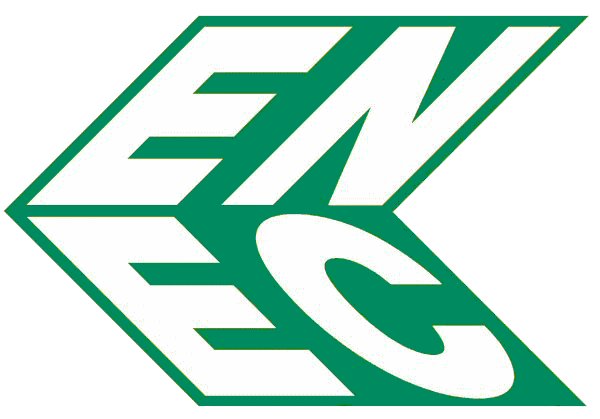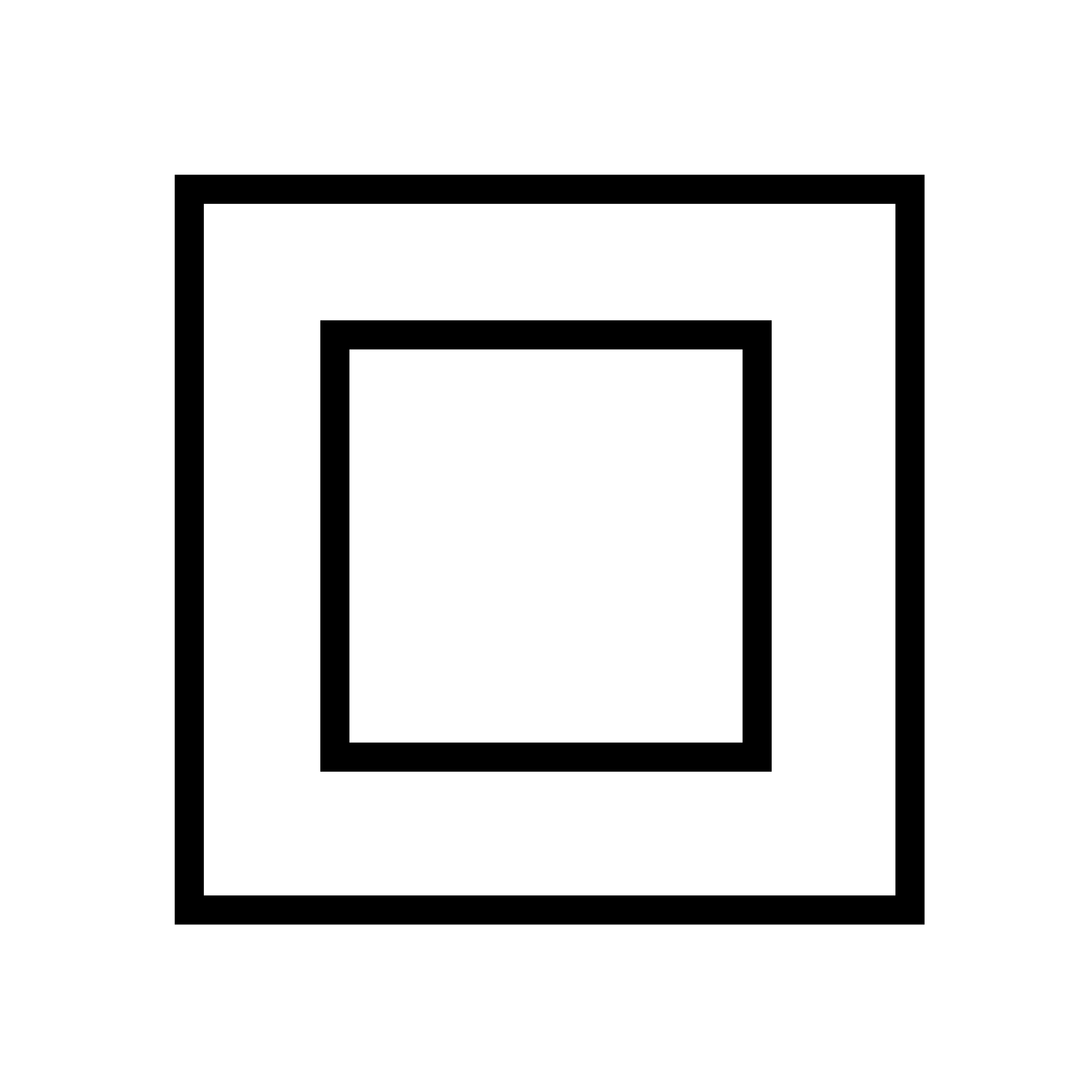No products
Prices are tax included
Here is some information to help you better understand what the logos, signs or different terms that you will find on our site, our documentation and technical notices as well as on the markings of our luminaires correspond to. |
| Marquage CE |
 |
To affix the “CE” marking to its product, the manufacturer must carry out, or have carried out, checks and tests which ensure the conformity of the product with the essential requirements, in particular health and safety, defined in the directive(s) concerned. Meaning
Learn more The CE marking was created within the framework of European technical harmonization legislation. The CE marking is neither a certification mark nor an indication of the geographical origin of the product. This is a regulatory marking. It allows products thus marked to circulate freely throughout the European economic area. |
| Marquage CE pour le Royaume-Uni |
 |
CE marking for export to the UK remains valid until December 31, 2022. From January 1, 2023, all products must bear the "UKCA marking". |
Directive RoHS |
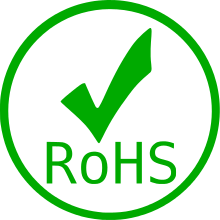 |
It is a directive that serves to control/restrict the use of certain hazardous substances in electrical and electronic equipment.The substances concerned are lead, mercury, cadmium, chromium, PBBs (polybrominated biphenyls) and PBDEs (polybrominated biphenyl ethers). The directive targets products marketed in all European territories. The directive applies to eight of the product categories specified in the European WEEE (Waste Electrical and Electronic Equipment) directive. |
| Certification NF (NF105) |
 |
The purpose of the NF Mark is to certify the conformity of products to French, European and international standards. NF certification is not a requirement for marketing a product or service. NF certification has a cost and is issued by an approved certification body. |
Standards EN 60598-1 et EN 60598-2 |
The main standard for the manufacture of lighting fixtures is NF EN 60 598, which is broken down into two parts: - NF EN 60598-1 April 2015: Luminaires - Part 1: general requirements and tests (general part common to all luminaires) - NF EN 60598-2: specific part which depends on the luminaire |
Standards NF C15-100 |
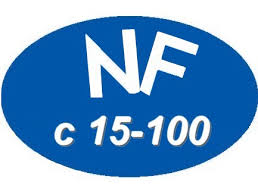 |
The NF C15-100 standard sets the regulations for electrical installations in France. Like any electrical device sold, the luminaire must comply with current standards, NF standards, CE label, etc. Therefore, the labeling of the device, or failing that the instructions for use, must indicate to you:
|
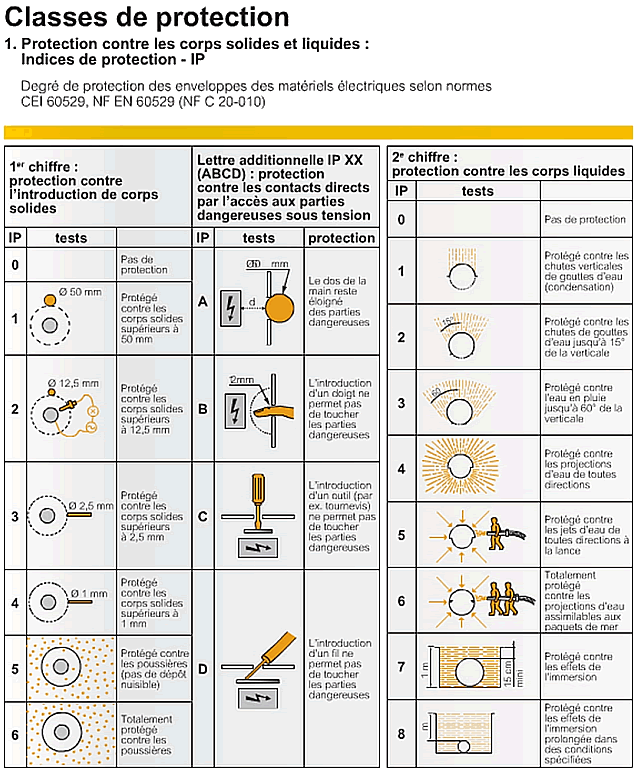    |
IMQ-HAR certification |
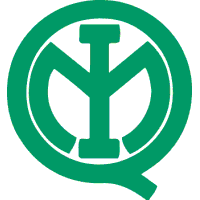 |
This Certificate issued by approved organizations which prove that the product complies with technical standards. |
IMQ*-ENEC |
|
The ENEC mark is a standard conformity mark created by CENELEC at the request of the European Committee of Luminaire Manufacturers (CELMA). It is recognized and accepted in all European countries. The ENEC mark identifies luminaires and lighting components which have been tested and approved by an independent certification body in accordance with European safety standards, and performance standards where applicable. *IMQ: Italian certification body |
|
| Class II device (double insulation). Main insulation supplemented by reinforced insulation. No grounding. |
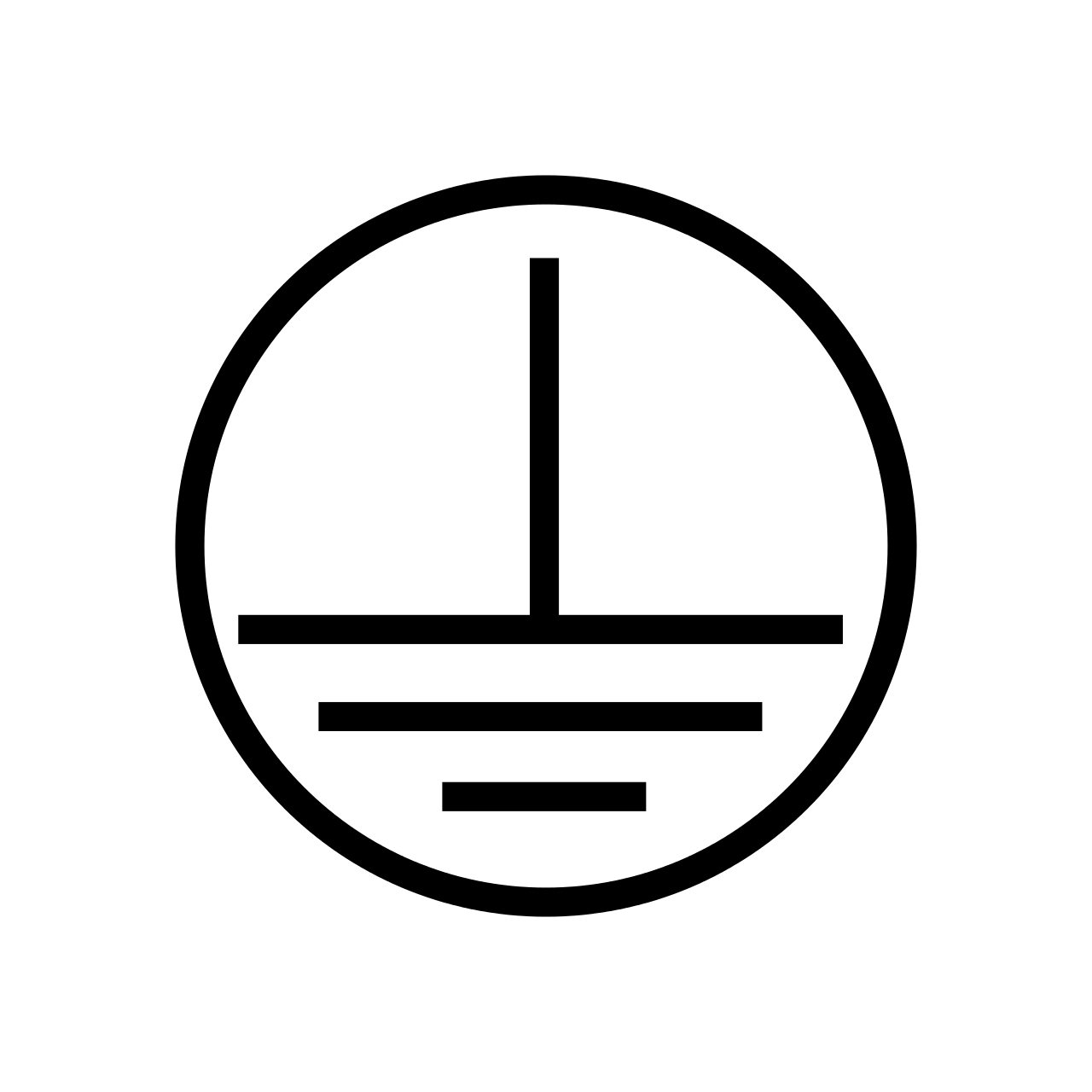 |
| Class I device. Main insulation supplemented by earthing of accessible metal parts. |
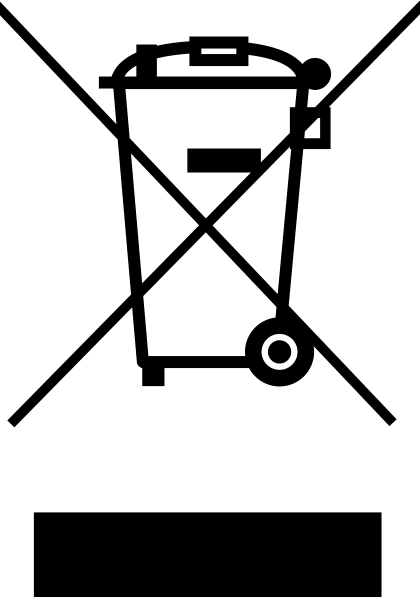 |
| This pictogram symbolizing a crossed out trash can means that this product should not be thrown away with household waste. Waste electrical and electronic equipment may contain hazardous substances which, if not treated appropriately, can harm the environment and health. |
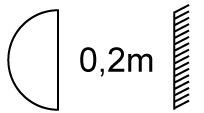 |
| For heat-concentrating luminaires, this symbol indicates the minimum distance to be respected between the luminaire and the illuminated surface or objects. |
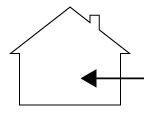 |
Pictogram indicating that the luminaire must be used indoors. |
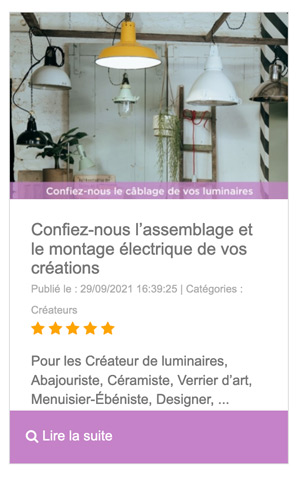 | 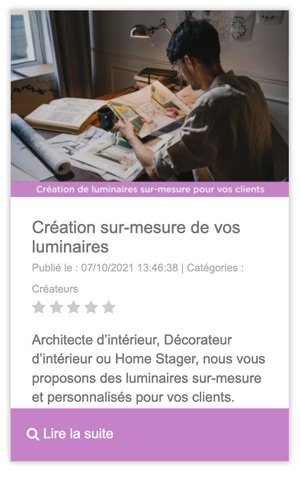 | |

